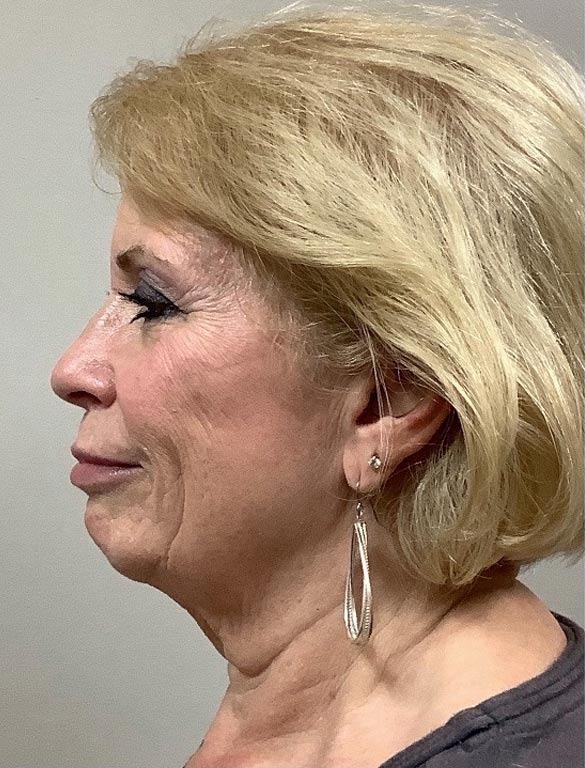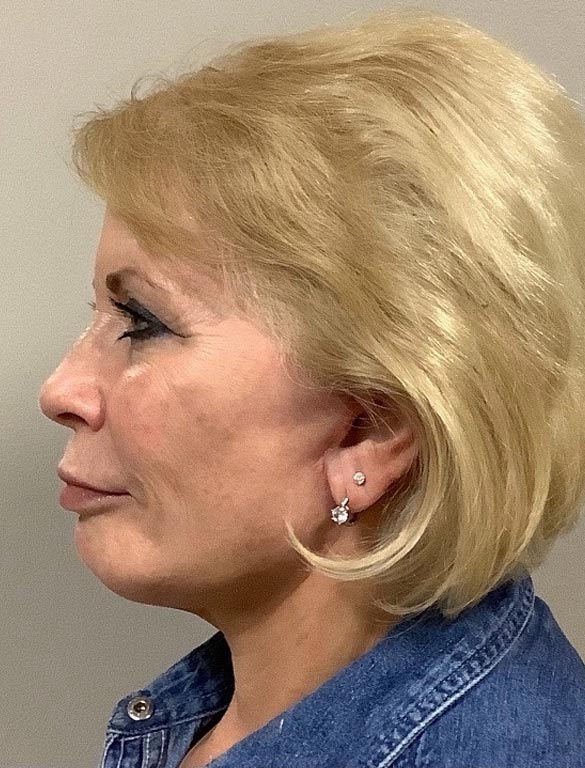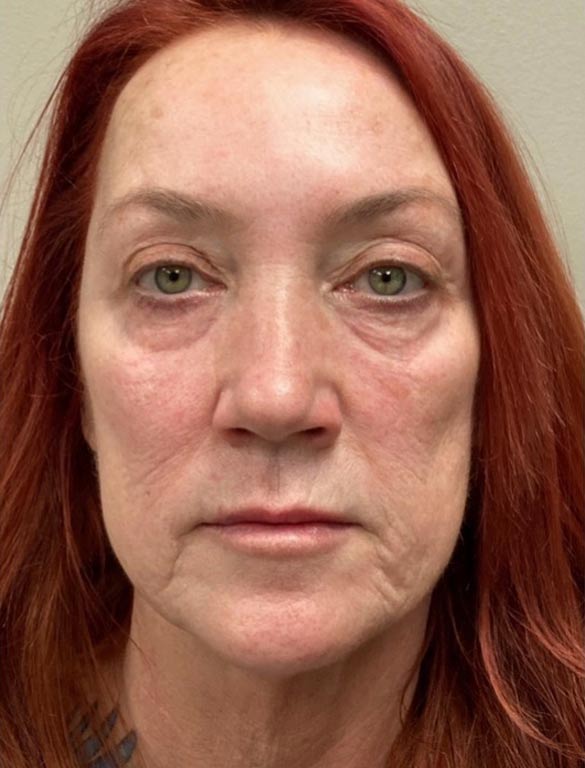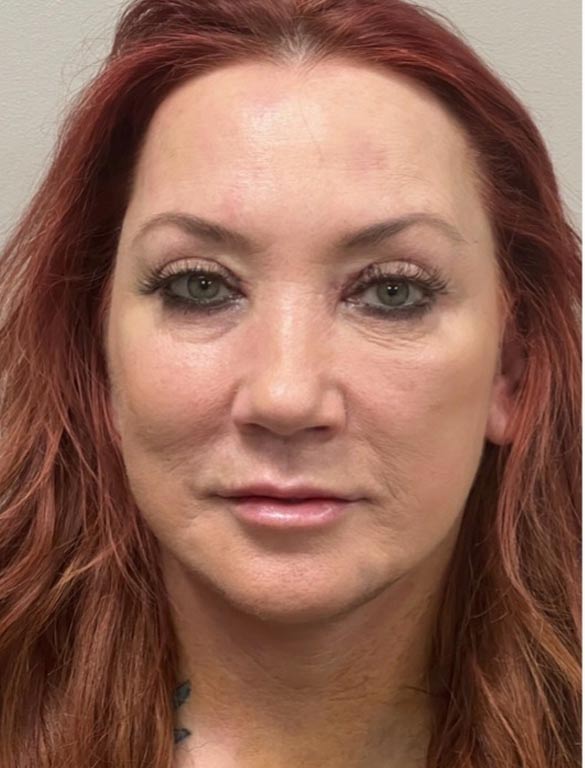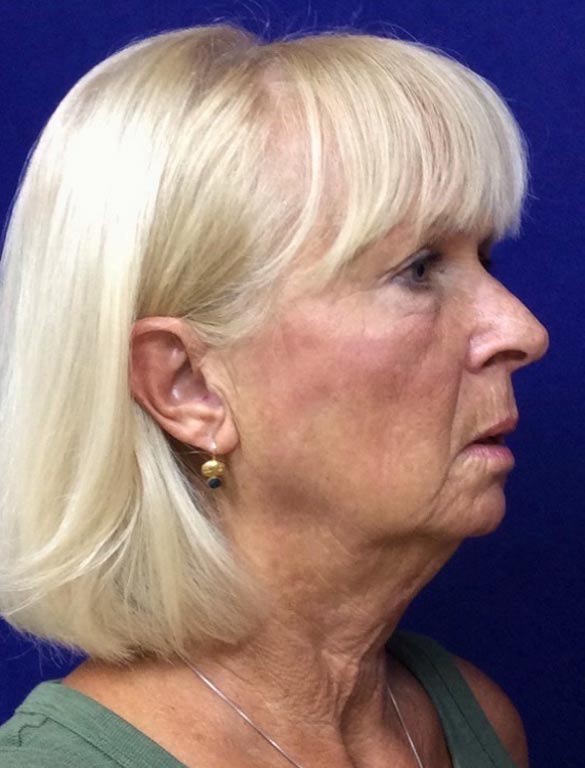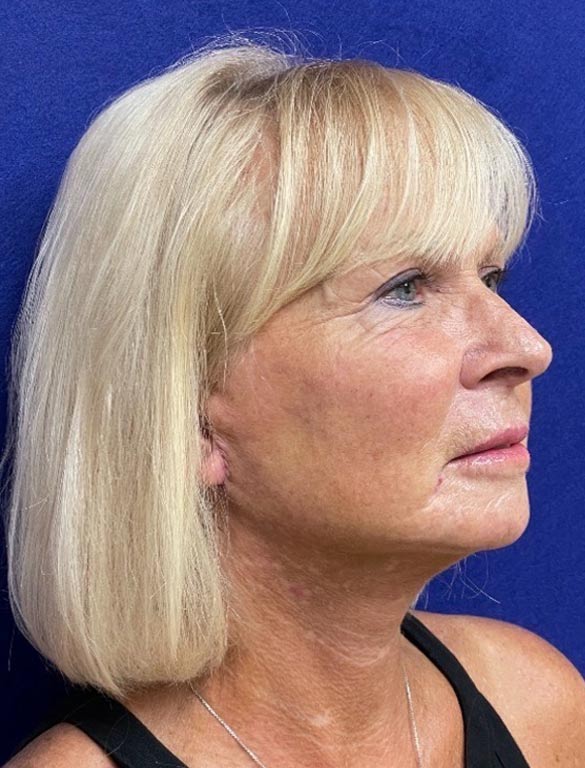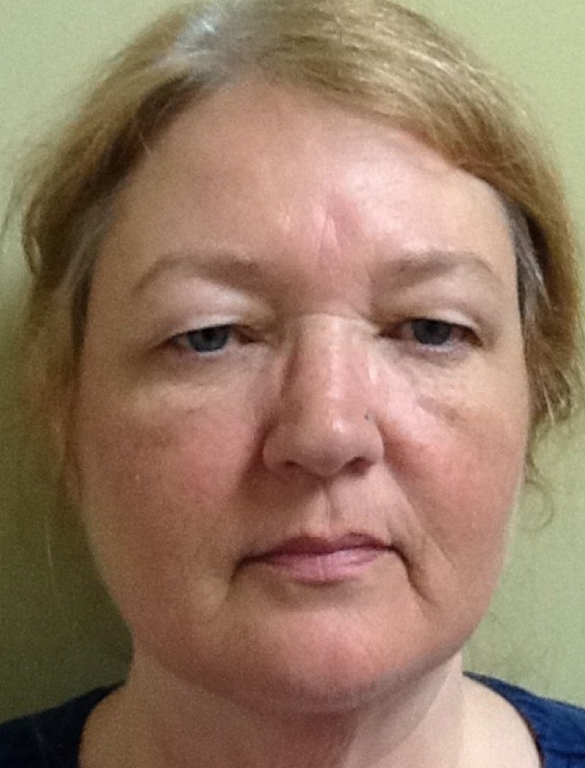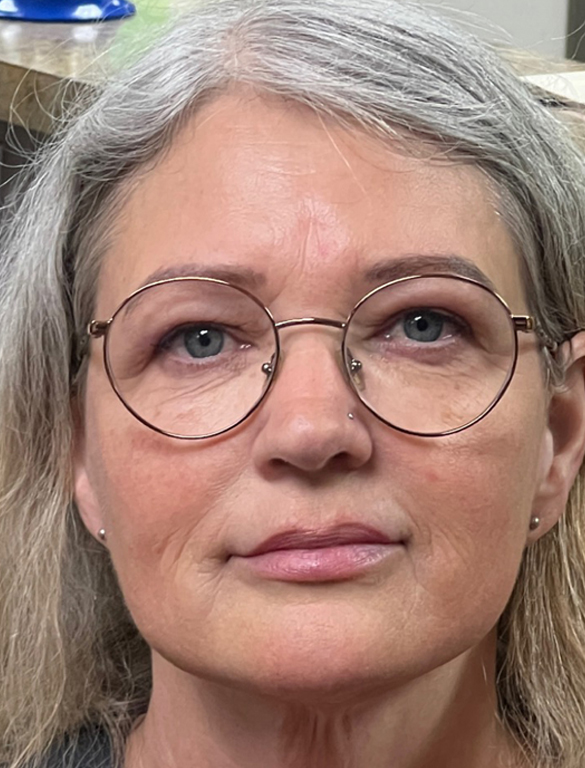The skin that covers your body does much in the way of protecting you from the elements. It’s considered the largest organ in the human body and while it’s designed to be durable, it’s also susceptible to developing different types of skin cancer over time. Skin is made up of three distinct layers, and on average your body is covered in over 300 million skin cells!
Taking care of your skin is important in terms of maintaining overall health. Unfortunately, skin cancer still remains one of the most prevalent forms of cancer to be diagnosed. Fortunately, being able to recognize the signs of potential skin cancer early on is a good way to get ahead of the curve and stop cancer in its tracks before things take a turn for the dangerous.
Contents
What Is Skin Cancer?
On a very basic level, skin cancer is any abnormal growth of skin cells that develops on the body. It’s a highly treatable condition if diagnosed early on and it’s not ever considered contagious.
Potential Causes of Skin Cancer
As with so many cancers and other medical ailments, skin cancer is believed to originate from a variety of sources rather than one specific factor. While excessive exposure to the sun is often pointed at as a primary culprit when it comes to the development of skin cancer, this isn’t the exclusive cause. Other factors contributing to developing skin cancer of many types might include a family history of skin cancer, excessive use of tanning devices, repeated x-ray exposure, or an underlying immunosuppression. Some cases of skin cancer have been traced back to scarring from disease and burns as well as exposure over time to arsenic, tar, or coal—particularly by those with occupations that put them in direct contact. In general, those individuals who are fair-skinned are considered more high risk when it comes to developing skin cancer at some point in their lives.
Different Types of Skin Cancer
There are three types of skin cancer that a person can develop. The most commonly diagnosed is Basal Cell Carcinoma (BCC). While this type of skin cancer is not exclusive to fair-skinned individuals, it generally presents at a higher rate among this population. Many physicians link BCC to excessive UV ray exposure or tanning over time. BCC can often be mistaken for a bump as it frequently presents as a flesh-toned or pink round growth on the skin. It’s common to find BCC on the arms, neck, or head however, it’s important to note that they can develop anywhere on the body. While BCC can successfully be treated if diagnosed early on, allowing this type of cancer to go untreated could result in the cancer reaching the nerves and eventually the bones.
The second type of skin cancer to be commonly diagnosed is known as Squamous Cell Carcinoma (SCC). Much like BCC, this type of skin cancer is frequently diagnosed in individuals with fair skin, but its development is not exclusive to this group. SCC is frequently found on the ears, face, cheek, back, neck, and arms. All of these are areas of the body that are highly susceptible to excessive sun exposure over time. SCC appears on the skin in the form of a raised bump but tends to be scaly, sore, or red. In some cases, it may be a bump that breaks open, scabs over, then regularly re-opens. Much like BCC, SCC is easily treated when diagnosed early on. Untreated, SCC can penetrate the skin and cause severe damage and even potential disfigurement.
Melanoma is the third type of skin cancer and is often referred to as the most serious because of its quick ability to spread throughout the human body. Early diagnosis of this form of skin cancer is critical in preventing its spread and potentially fatal outcome. Melanoma is particularly prevalent in the fair-skinned population and can show up anywhere on the body. Dermatologists often recommend looking for melanoma in unexpected places like on top of the head, behind the ears, or even in between the toes. This type of skin cancer will often present as a dark spot on the skin or can develop within an existing mole.
Protecting Yourself Through Close-Examination of the Skin
Recognizing the signs of skin cancer is key to early diagnosis. The ABCD’s of skin cancer is often referred to as a way to remember what to look for.
• Asymmetry – If two sides of a new spot on the skin are asymmetrical, it’s time to have it looked at by a professional.
• Border – An irregular border around a mole or skin spot could indicate the presence of skin cancer.
• Color – If a mole or spot has changed noticeably in color, or presents in varying shades, having it looked at is highly recommended.
• Diameter – Any mole or spot that changes sizes or grows to more than 6mm in diameter deserves a second look.
Contact Us Today
If you’re concerned about potential skin cancer development or would like to learn more about skincare services, our team is here to help. Contact The Skin & Vein Center today to find answers to your questions or schedule a consultation.

